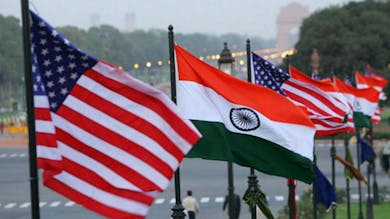Skip to content
Share
Explore

 Reflections on the Crisis in India
Reflections on the Crisis in India
Reflections on the Crisis in India
“India is the cradle of the human race, the birthplace of human speech, the mother of history, the grandmother of legend, and the great grand mother of tradition. Our most valuable and most artistic materials in the history of man are treasured up in India only!” — Mark Twain
Ready to act now? See
Want to learn more? Head to
Want to print your doc?
This is not the way.
This is not the way.

Try clicking the ⋯ next to your doc name or using a keyboard shortcut (
CtrlP
) instead.